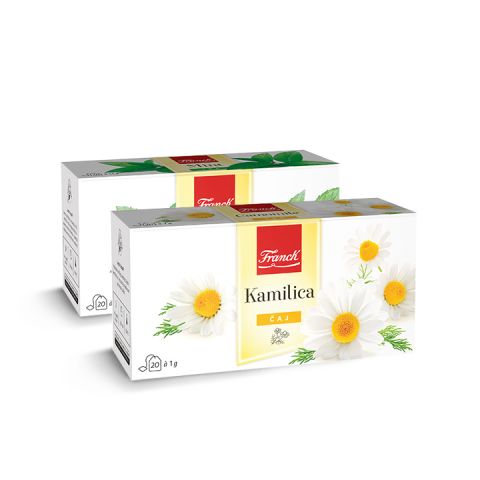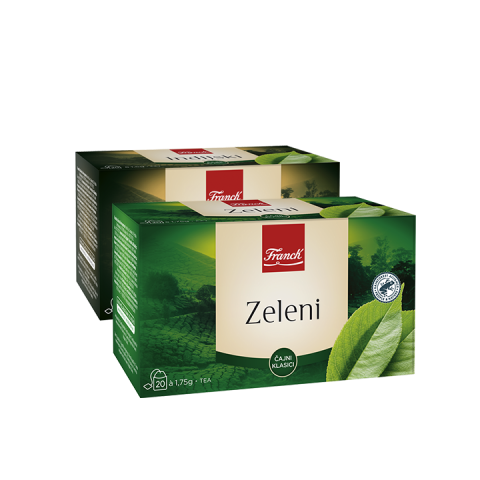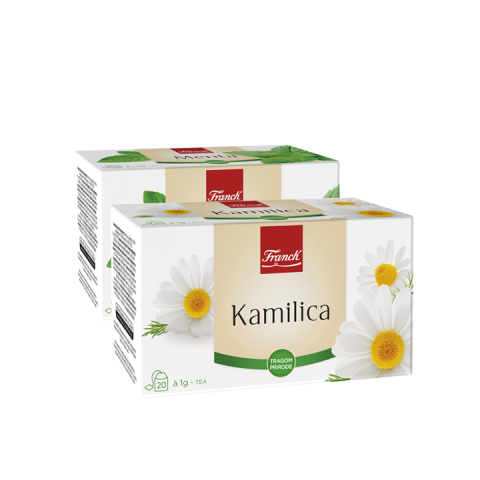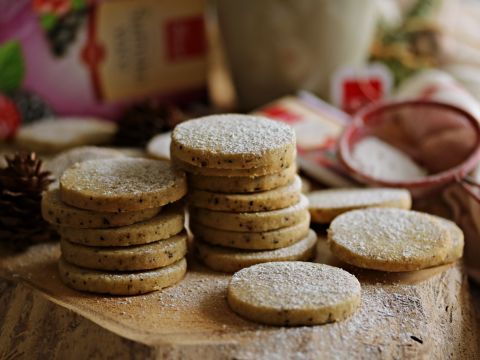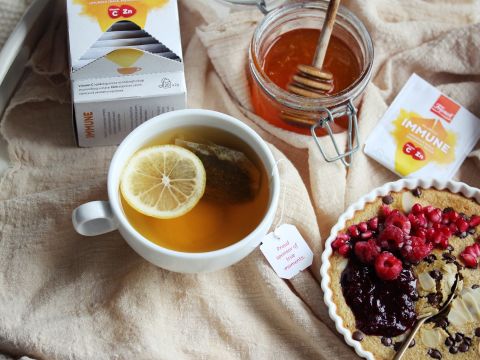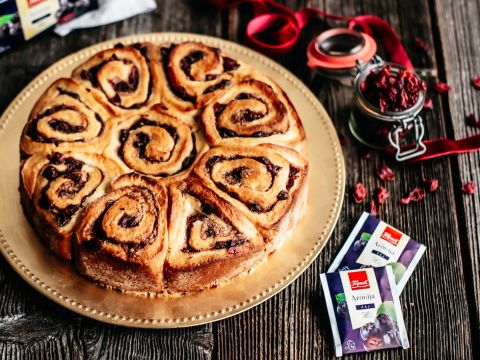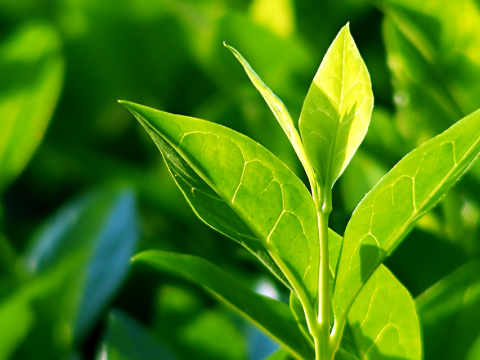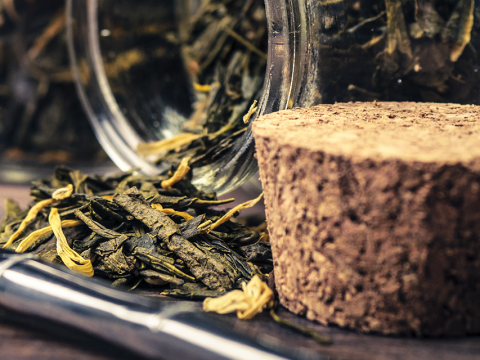The thousands of different real teas in a thousand forms, colours and flavours, can be divided into six main types: white, yellow, green, oolong, black and fermented. There are also the herbal and fruit teas, which are usually called infusions. All these types can be found in just about every country with a developed tea production – Vietnamese fermented tea, Indian white tea, Kenyan green tea, or Georgian black tea, are just a few of the beautiful types found on the rich tea map of the world.
The difference is in the detailsWhat often sets teas apart are the tiny differences in the production process. Thousands and thousands of green teas differ in their shape, colour, variety they are made from, type of leaves, position and time of harvest, and many other criteria. What is most interesting with teas is that their name always is aligned with the colour of the beverage. The only exception to this is oolong tea, which is also the widest category of tea.
Delicacy of white teaMany consider white tea to be the world’s first tea variety, as it passes through the fewest steps in processing. The leaves of white tea are only dried. White tea was the tea of choice for the Song Dynasty. It was named after the custom of the Chinese who offered hot water to guests, offering “white tea”. The Chinese Fujian province is best known for the production of white tea.
Unfamiliarity of yellow teaYellow tea was also named after its colour – of both the leaves and of the prepared tea. It differs from green tea in the additional slow oxidation step. The history of yellow tea is not long – it only began to be produced during the Qing Dynasty, in the mid 20th century.
Basic types of green teaThe key step in the process of producing green tea is halting the oxidation process. The most popular way to do this is drying leaves in large pans at high temperature, which is a popular procedure in China and India, while in Japan, steaming is used.
The most expensive Chinese green tea comes from the Sichuan province, in the town of Ya'an and is called Panda Ecological Tea. This tea was created in 2012, and just 50 grams of this tea reaches the unbelievable price of HRK 20,000, as panda faeces are used as fertiliser in the plantation.
Diversity of oolong teasOolong or Wulong teas are the broadest category. The name literally means black dragon. The degree of oxidation of oolong teas can range from 10 to 99%, and this will determine its colour, flavour and appearance. The higher the degree of oxidation, the darker the tea will be.
Extensiveness of black teaBlack teas are completely oxidised teas and are produced in all countries that grow tea. The most well known are China, India, Sri Lanka and Kenya. Black tea is a favourite drink in England, Russia and Turkey. Many well known European types of black tea are actually blends of black teas from different countries.
Character of fermented teasThe most popular fermented tea is Pu'er, though this is just one type of fermented tea. Dark or fermented teas can be green or dark, depending on whether they are subjected to natural or accelerated fermentation. Fermented teas are very often compressed into different forms, while the green ones become even better with age.
In China, there is a town that was called Pu'er Tea up until 2007, and today it is called Simao. The main product of the town is - Pu'er tea.
Herbal and floral teasHerbal, floral and fruit teas are such a broad category of teas that it is almost impossible to count them all. For centuries, people have picked a variety of plants, leaves of trees, and grasses, and recorded their effects on health. The most popular herbal teas in Croatia are chamomile, mint, sage, linden and many others. The leaves of various trees can also be used to make tea, from mulberry, to fig to olive. The most popular floral tea worldwide is certainly rose, while in Eastern countries, chrysanthemums are also used in tea.
